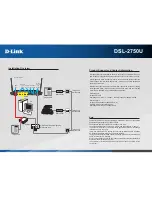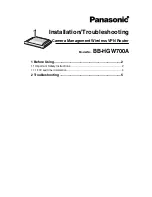
22
Powering up Your 1001R14 Rack
The power supplies that come with your 1001R14 rack system are
equipped with a power entry connector on the rear power supply card.
The power supplies are
Hot-Swappable
, so you are not required to
remove the cards from the rack while applying power to the system.
Note
Please refer to the Model 1001R14 Series User Manual
AC and
DC Rack Mount Power Supplies
for fuse and power card
replacement information.
4.2 INSTALLING THE MODEL 2707RC INTO THE CHASSIS
The Model 2707RC is comprised of a front card and a rear card. The two
cards meet inside the rack chassis and plug into each other by way of
mating 50 pin card edge connectors. Use the following steps as a guide-
line for installing each Model 2707RC into the rack chassis:
1. Slide the rear card into the back of the chassis along the metal rails
provided.
2. Secure the rear card using the metal screws provided.
3. Slide the card into the front of the chassis. It should meet the rear
card when it’s almost all the way into the chassis.
4. Push the front card gently into the card-edge receptacle of the rear
card. It should “click” into place.
5. Secure the front card using the thumb screws.
Note
Since the Model 1001R14 chassis allows “hot swapping” of
cards, it is
not necessary to power down
the rack when you
install or remove a Model 2707RC.
4.3 CONNECTING TO A DTE DEVICE
The serial port on most rear interface cards are hard-wired as “DCE”
(data communications equipment). The interfaces are designed to plug
into a DTE such as a terminal, PC or host computer. When making the
connection to your DTE device, use a “straight through” cable of the
shortest possible length--we recommend 6 feet or less. When purchas-
ing or constructing an interface cable, please refer to the pin diagrams in
Appendix E on page 30, Appendix F on page 31, and Appendix G on
page 32 as guides.
4.4 CONNECTING TO A DCE DEVICE
The rear interface cards on most interface modules are hard wired as
“DCE”. Therefore, you must use a null modem cable when connecting to











































